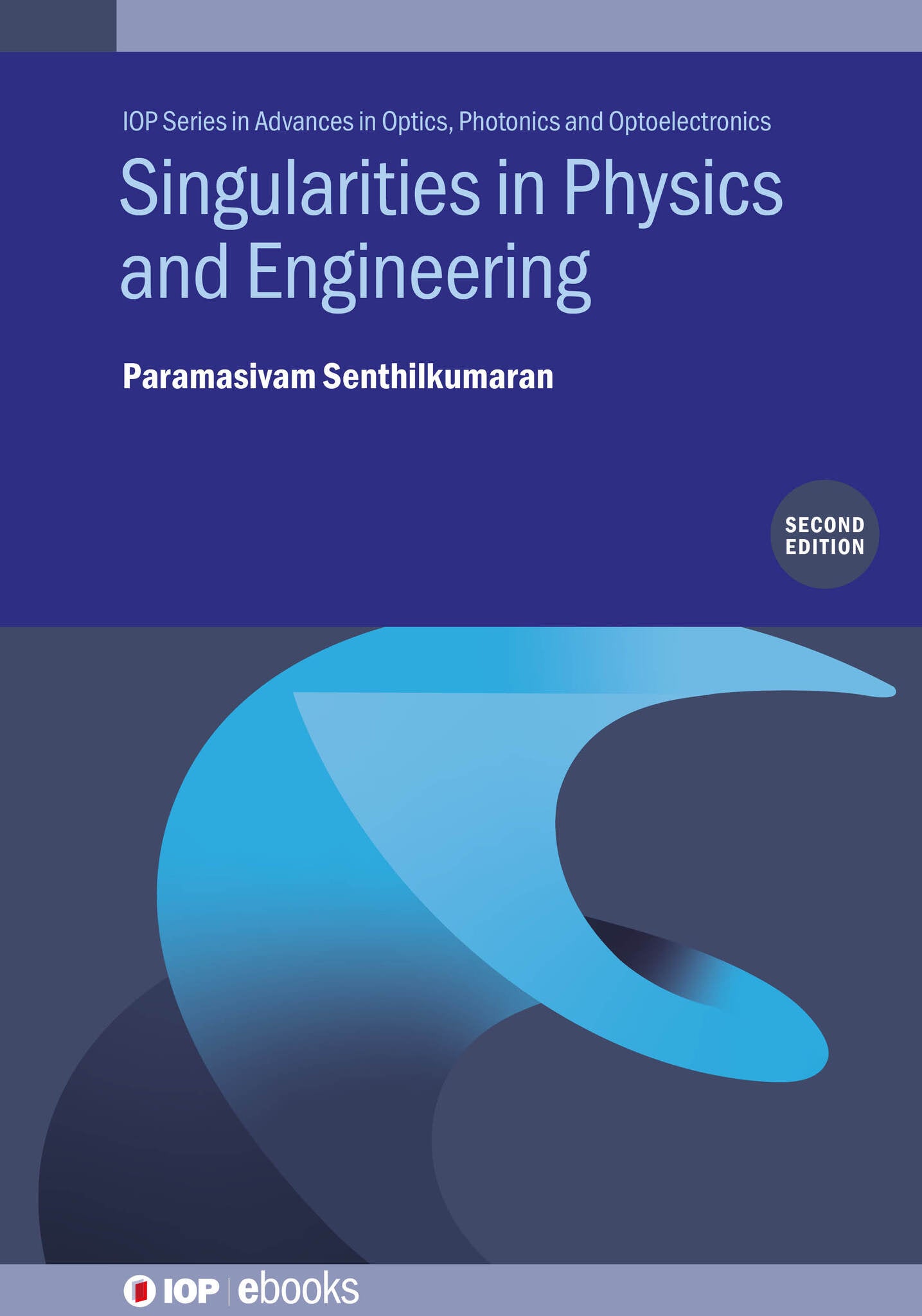We're sorry. An error has occurred
Please cancel or retry.
Singularities in Physics and Engineering (Second Edition)

Some error occured while loading the Quick View. Please close the Quick View and try reloading the page.
Couldn't load pickup availability
- Format:
-
25 January 2024

Singularities are ubiquitous in nature and generate high levels of interest and activity among scientists. At a singularity, a parameter of interest becomes indeterminate, a single point at which a mathematical quantity is not defined or not ‘well behaved’. In optics, a singularity refers to a point at which some parameter describing the electromagnetic field becomes indeterminate. Even though at the singular point, things are not well defined, the neighbourhood points of a singularity are characterized by very large gradients and hence there is significant scope for new discoveries. Recent advances have gathered pace, and interest continues to grow in this field, and with its applications.
Key Features:
- Simple presentation suitable for beginners.
- Extensive coverage of the field suitable for experts.
- Comprehensive literature survey.
- A key reference book for academics and industry experts working within the field.

SCIENCE / Physics / Optics & Light, Optical physics, Communications engineering / telecommunications

This book aims to introduce the rapidly expanding field of singular optics, notably phase and polarization singularities. Throughout the book, Senthilkumaran presents an explanation of structured optical fields with localized and extended singularities and discusses vortices which carry angular momentum at a level thatrequires minimal mathematics and numerical modeling techniques.
Experimenters working in holography, interferometry, metrology, diffractive optics and polarization optics will all benefit from the broad perspective given on this subject and the numerous illustrations. This book targets readers who know physics but aren’t familiar with optical phase singularities and want a thorough introduction to the topic.
Christian Brosseau, Optica, 29 February 2024
1. Preface 2. Chapter 1 - Introduction 3. Chapter 2 - Topological Features (with recent developments) 4. Chapter 3 - Generation and Detection methods (with recent developments, including new generation methods based on meta-materials) 5. Chapter 4 - Propagation Characteristics 6. Chapter 5 - Internal Energy flows 7. Chapter 6 - Vortices in computational Optics 8. Chapter 7 - Angular momentum of light 9. Chapter 8 – Applications 10. Chapter 9 - Polarization singularities (with recent developments) 11. Chapter 10 – Stokes Singularities 12. Applications (with recent developments) 13. Structured Light



